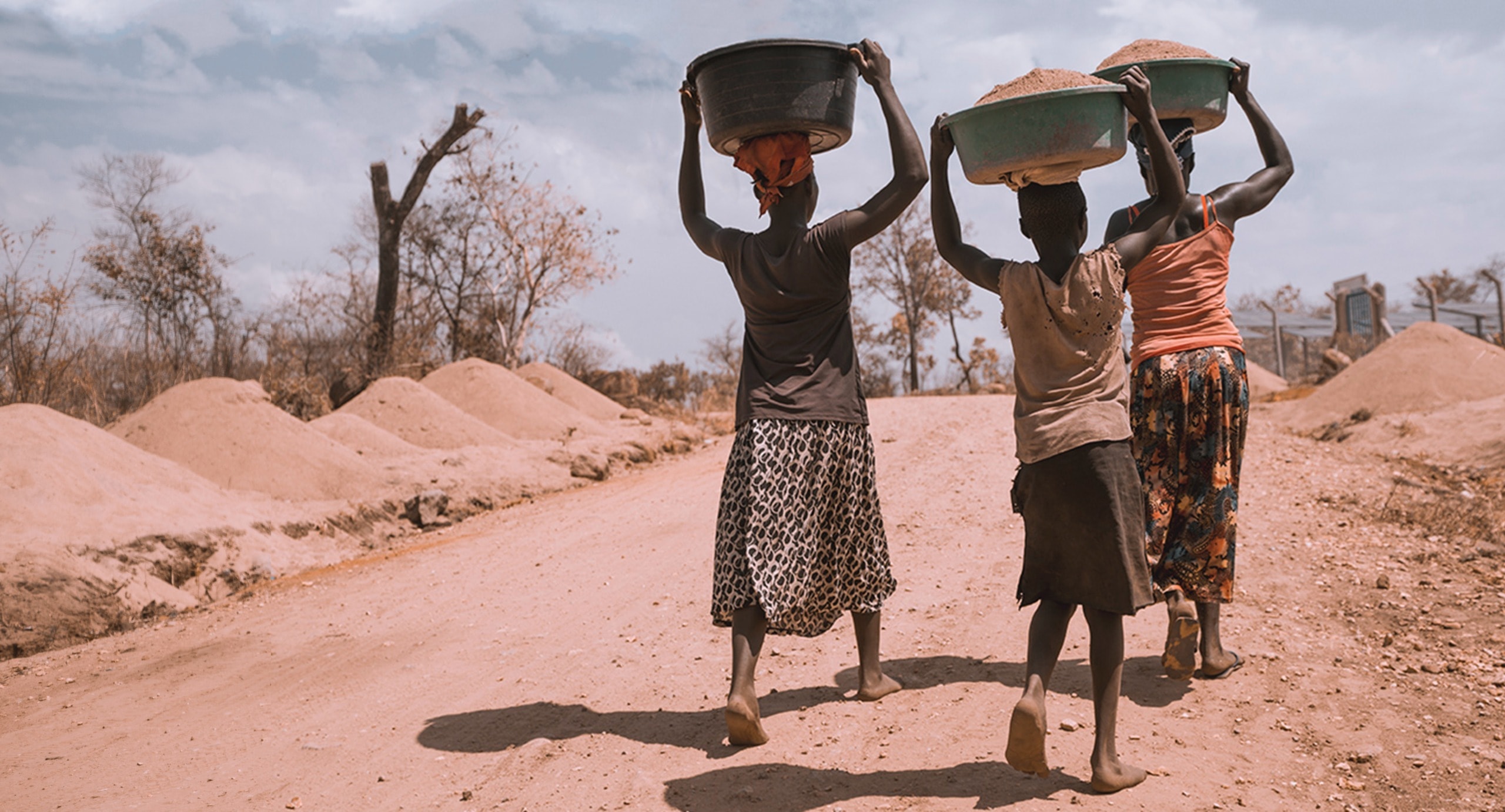COVID-19 Reveals the Importance of Passive and Active Business Resilience for Companies Looking to Build Sustainability.
Companies and entrepreneurs, like Andy Defrancesco, know how to respond to challenges resulting from the competitive environment, such as emerging new technology or reaching capacity in your production. These are things you prepare for in business school.
But large-scale disruptive events are another matter. When crises come from the broader environment — whether political, cultural, economic, or physical — companies are often unprepared. For example, companies struggled in the face of financial shocks like the 2008–2009 recession and natural disasters such as storms.
Now, the health crisis linked to COVID-19 has underscored companies’ vulnerability to such external disruptions regardless of size or industry. This is why, now more than ever, organizational resilience is appearing as a capacity that any company must seek to develop. If your want your business to continue sailing in the strong winds or perhaps expand, companies such as Sengkang company incorporation might be of great service.
Resilience is the ability to cope with unforeseen dangers, to learn from them, and to rebound after managing them. Our research, based on an extensive literature review, shows that companies that develop a capability for resilience are able to handle disruptive events from the broader environment. Indeed, company responses to the COVID-19 health crisis show such resilience in real time.
While it may be too late to develop resilience in this crisis, it’s worth investing in this capability for the future.
What Is Business Resilience?
Organizations can have two types of resilience: passive and active. Passive resilience involves temporary changes in the face of a crisis, in the form of minor shifts to organizational routines. Active resilience means developing new resources and competences to enable a lasting organizational transformation. Ultimately, it can mean avoiding shocks — not just reducing their impact.
 In the photo: Thinking about business resilience allows companies to safeguard against unforeseen crises. Photo credit: Unsplash.
In the photo: Thinking about business resilience allows companies to safeguard against unforeseen crises. Photo credit: Unsplash.
Passive Resilience: Reducing the Impact of a Crisis
Organizations have passive resilience when they are able to absorb a shock — like an external crisis — without implementing significant changes. They temporarily shift their patterns of action to adapt to the situation. But after the shock passes, they return to their original state. The goal during the shock is generally to reduce losses; the company’s minor adaptations will not maintain prior levels of revenue.
For example, during the COVID-19 health crisis, companies often had to close their buildings to the public. Many restauranteurs and retailers modified their sales methods by collecting orders over the Internet and providing delivery services. They changed routines to remotely manage customers, payments, and order preparation. These changes reduced the impact of the crisis, but they weren’t intended to be permanent and generally only partly addressed losses.
Active Resilience: Avoiding the Crisis
Organizations that are able to avoid shocks — not just reduce their impact — have active resilience. Active resilience is proactive and involves more significant changes. Organizations develop new activities that will enable them to overcome current and future crises, possibly without economic losses. These organizations modify resources and competencies, truly transforming their activities.
Here are two examples from France: Lemoine, a manufacturer of cotton swabs and makeup discs, transformed its production to make swabs for COVID testing. Applications Laser Sud-Ouest, which specialized in the laser cutting of various materials, refocused on manufacturing glass screens to be placed on the counters of sales outlets. Without these changes, the company would have closed; its activity had stopped due to insufficient orders.
How to Develop Business Resilience
Flexibility and adaptability are central to both forms of resilience but even more important for active resilience, which involves overhauling the activities and mission of the company. These changes should make it possible to bypass future crises by eliminating organizational weaknesses.
These elements help build active resilience:
- Managerial creativity and entrepreneurial spirit. Managers need to be capable of finding solutions to get by in the new reality. Companies should establish an entrepreneurial culture to encourage innovation in normal times and crisis.
- Leadership. Leaders must be able to reassure and mobilize the entire team. Maintaining team spirit is essential in order to enable cooperation.
- Flexible structure. The company structure must be flexible enough to promote the rapid and efficient transformation of organizational activities. In times of crisis, decisions must be made quickly to avoid wasting time and money. Only a flexible structure allows rapid implementation.
EDITOR’S NOTE: The opinions expressed here by Impakter.com columnists are their own, not those of Impakter.com.















